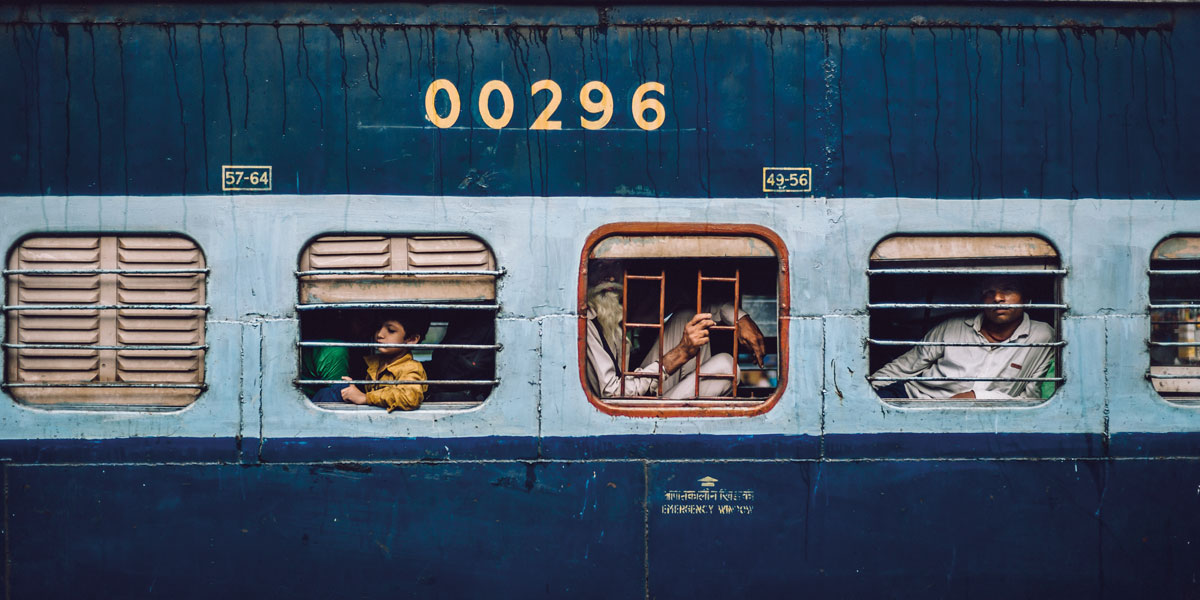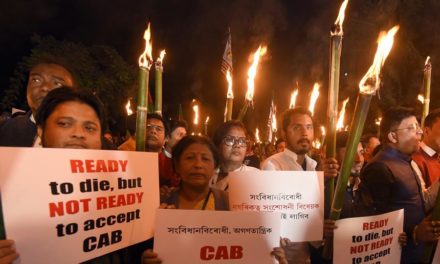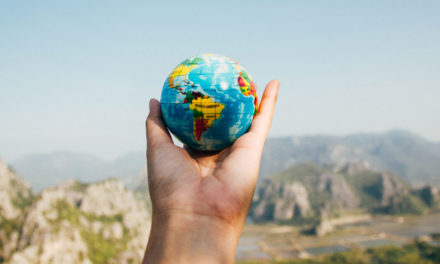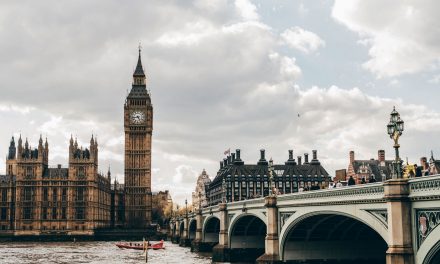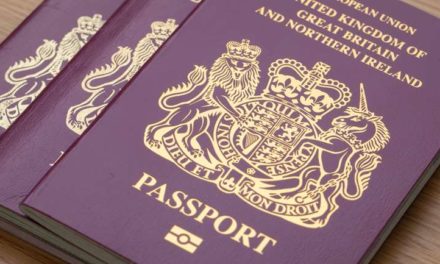As the 75th anniversary of the Partition of India approaches in 2022, a team backed by the University of Oxford is creating a virtual reality project that aims to reconnect the survivors of one of the largest human migrations in history to their childhood homes.
Project Dastaan tells the stories of those displaced after the British withdrew from the Indian subcontinent in 1947 and created borders between India, Pakistan and Bangladesh based on religious grounds.
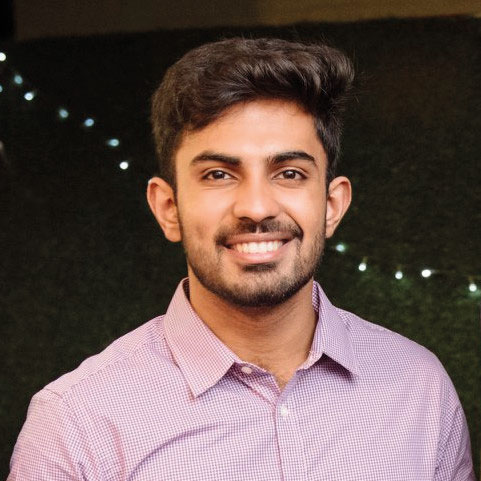
“These stories will be lost if they’re not told,” said Sparsh Ahuja, the founder of the project, since those who lived through Partition have reached old age.
Ahuja and his team hope to visit the towns of 75 survivors and capture their homes and experiences through VR. Many Partition survivors have not returned to their familial homes since the forced migration due to visa restrictions between the countries.
When creators of Project Dastaan show survivors their childhood homes for the first time through VR, Ahuja says that “it’s very emotional, sometimes people break down.”
While promoting cultural dialogue between Bangladesh, India and Pakistan, neighbours who have complex interwoven histories, Project Dastaan wants to “highlight the absurdity of these borders.”
“Having [a] different identity shouldn’t necessarily mean conflict,” Ahuja said.
Truly Belong is sharing some of the featured stories of the survivors.
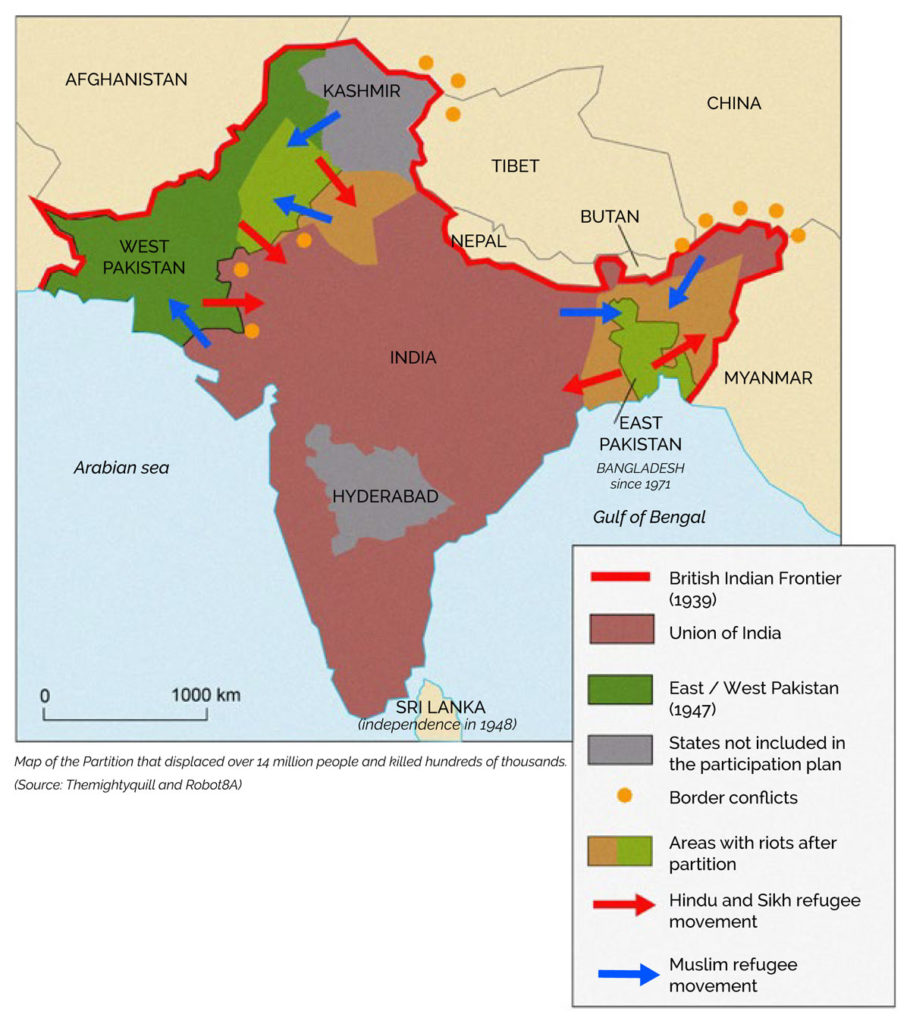
Read also: Interfaith Gesture to Open Kartarpur Corridor a Sign of Peace Between India and Pakistan
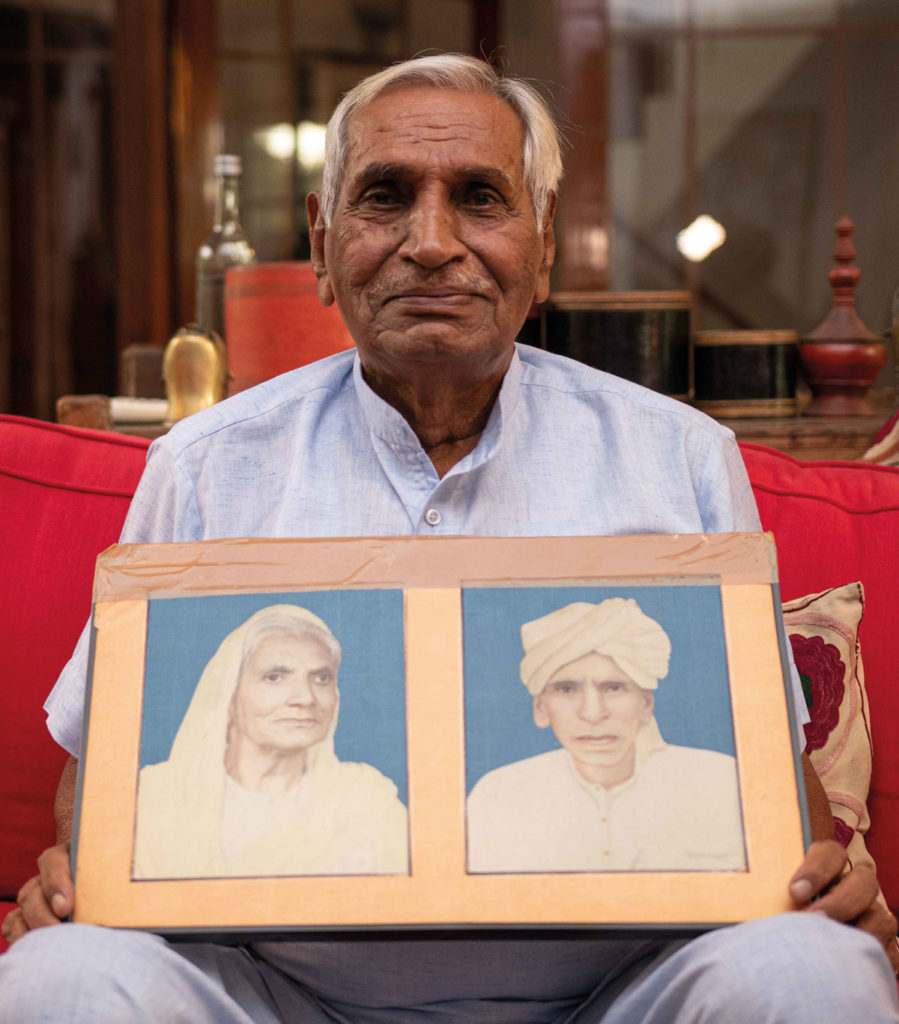
Ishar Das Arora
Ishar Das Arora holds photographs of his late parents taken in 1947 in Delhi. Arora, founder Sparsh Ahuja’s grandfather, was the inspiration for Project Dastaan.
Arora was born in a small village on the southern coast of Pakistan. He was seven-years-old when he migrated to New Delhi, India with his family. Arora stayed in several refugee camps during his journey across the subcontinent.
Arora fondly recalls his village with clay houses and a river where he and his friends would take baths. “People would live with love and there was no hatred – but later… friends became enemies,” he said. Arora is now retired in India, after having worked as an engineer in Delhi.
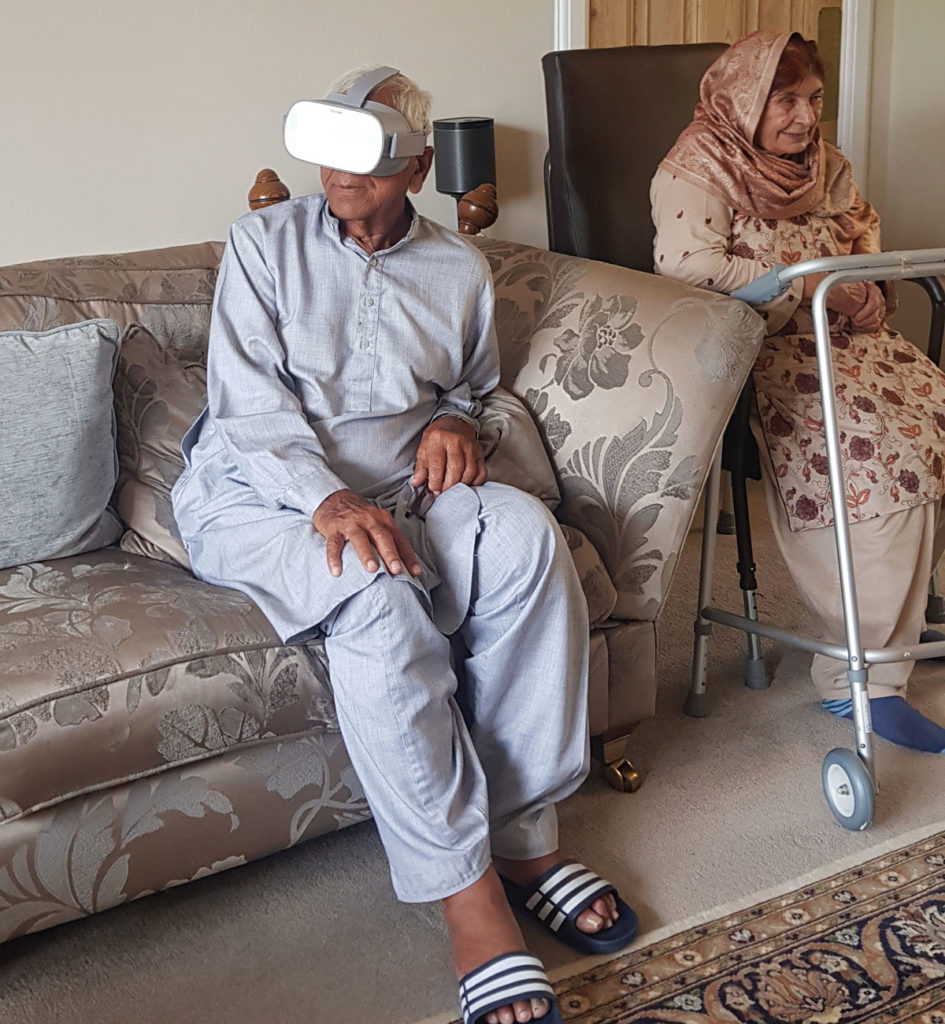
Bahadur Ali and Jannat Phambra
Bahadur Ali Phambra and his wife Jannat Bibi migrated from
a village near Jalandhar, India to Sheikhupura, Pakistan as children. They had to escape as violence and res broke out in nearby villages. They eventually settled in Faisalabad, Pakistan and later in the UK.
The couple always wanted to visit home but were unable. Bahadur Ali and Jannat Bibi were from neighbouring villages and had family ties. They married each other in Pakistan in 1961. Though Ali visits Pakistan often, he has never been able to visit India due to visa difficulties.
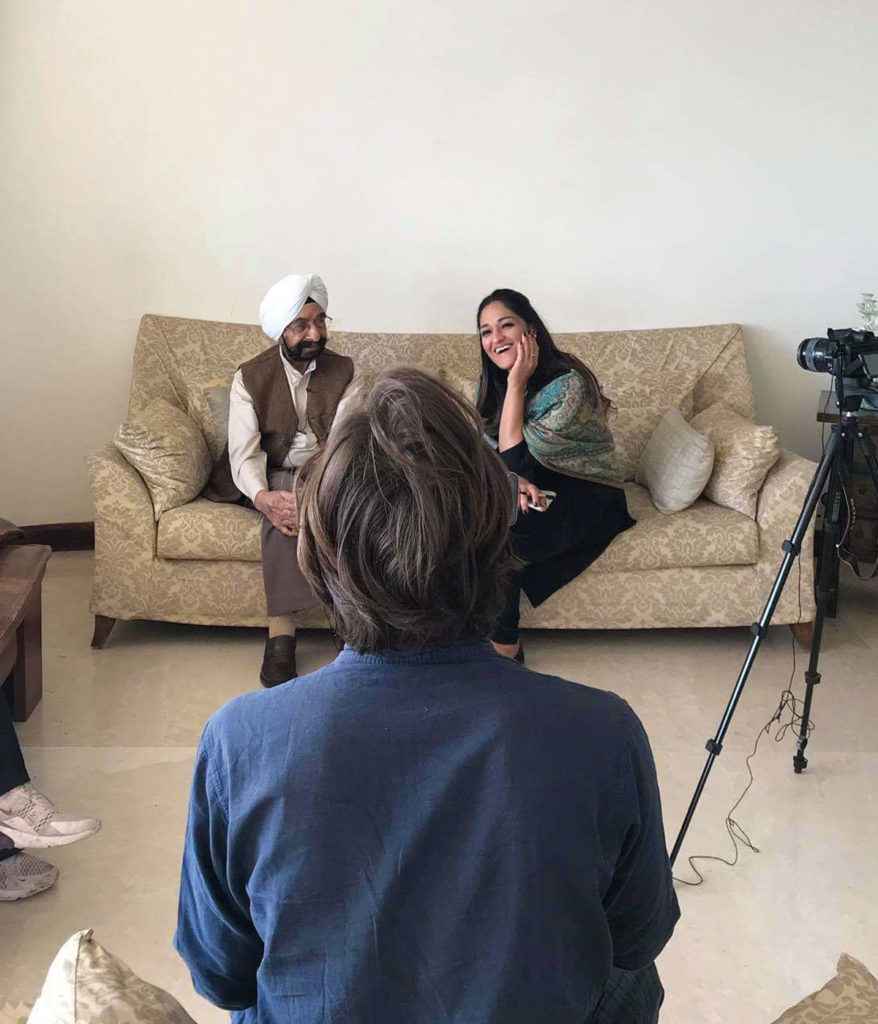
Trilochan Singh
Trilochan Singh was born in Peshawar, Pakistan and later migrated to Delhi. He grew up to be an activist and was imprisoned for leading marches against the British.
At the age of 15, Trilochan Singh was arrested for organising picketing at the schools in his neighbourhood. The police charged the crowd with batons and that’s when Singh said he was hurt and “taken away to the jail.”
He had a personal relationship with many significant figures fighting the British colonial rule in India – including Gandhi, with whom he shared a jail cell in Lahore.
Singh (left) is being interviewed by members of the Project Dastaan team, who are traveling across South Asia to capture stories of people who survived the Partition of India, as well as celebrated author Aanchal Malhotra (right)
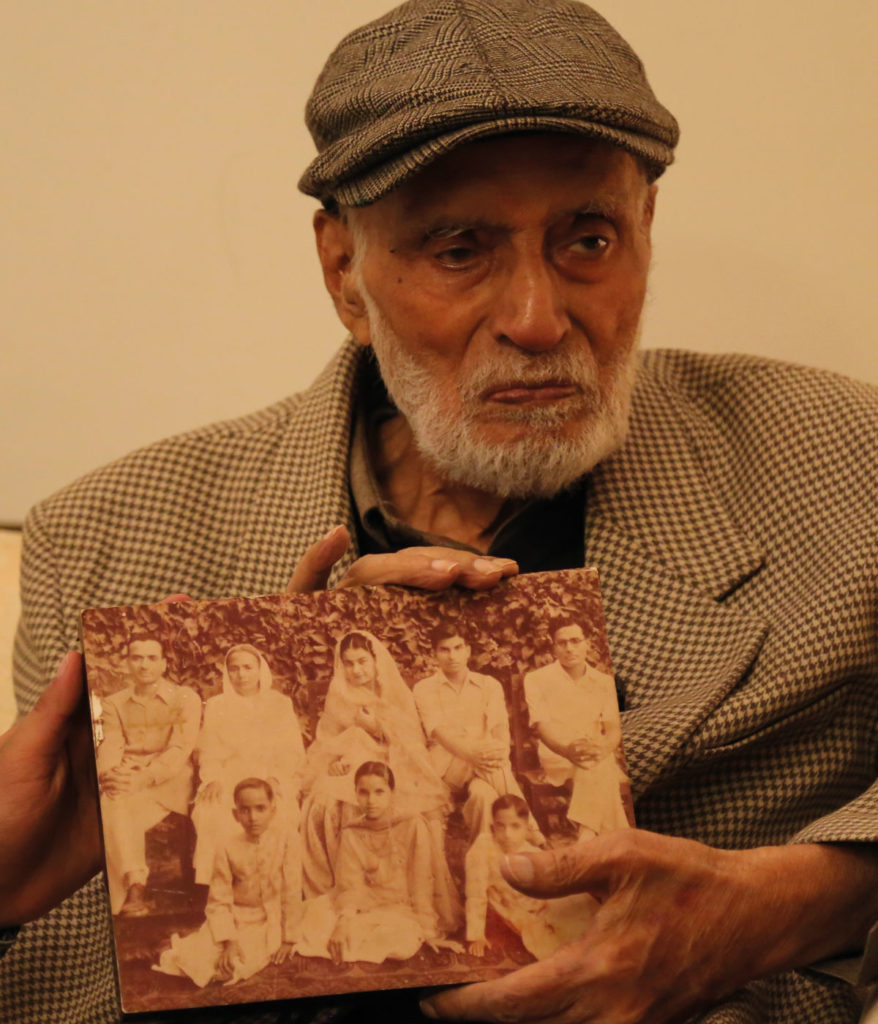
Wasim Siddiqui
Wasim Siddiqui was studying geology in Aligarh, India at the time of partition. He was bright and ambitious but uncertain about his future in India where limitations were placed on the employment of Muslims at the time. Thus, he made the decision to migrate to Pakistan alone, leaving his home and family behind.
In 1955, Siddiqui crossed into Pakistan through the Rajasthan desert and settled in Karachi. He is a graduate of Imperial College London, a Fulbright scholar, and has worked in power generation across Pakistan. He remembers Aligarh as the place he found his voice, community and friends.
Siddiqui is holding a photo of his family taken during his childhood in India.
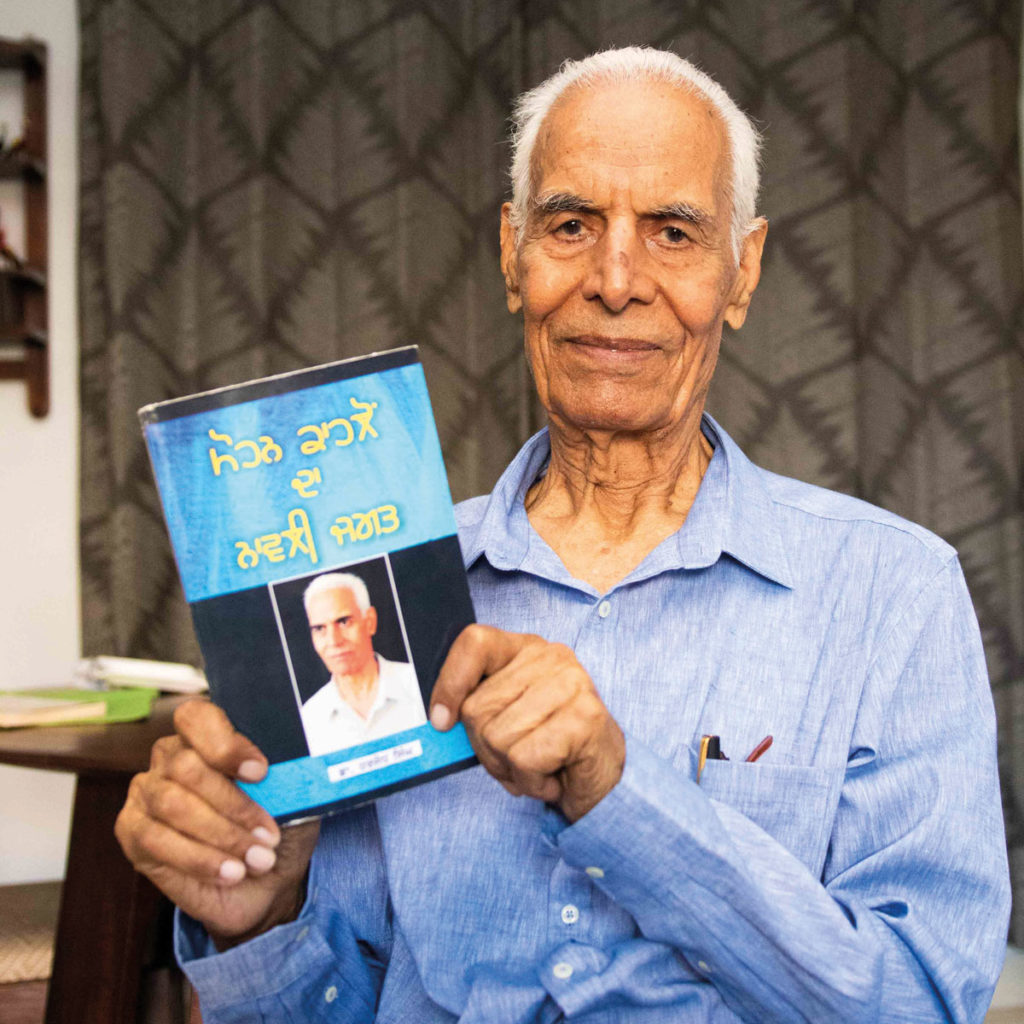
Mohan Kahlon
Mohan Kahlon, a celebrated Punjabi novelist, holding up his novel “Vishleshan Te Mulanka”, was born in Chhani Tika, a village near the banks of the Ravi River in East Punjab, modern-day Pakistan. At the time of Partition, he migrated first to Jalandhar, then eventually to Kolkata, where he now lives.
“You’re asking about how the journey was – we didn’t even have clothes around our neck,” said Kahlon about crossing from Pakistan to India.
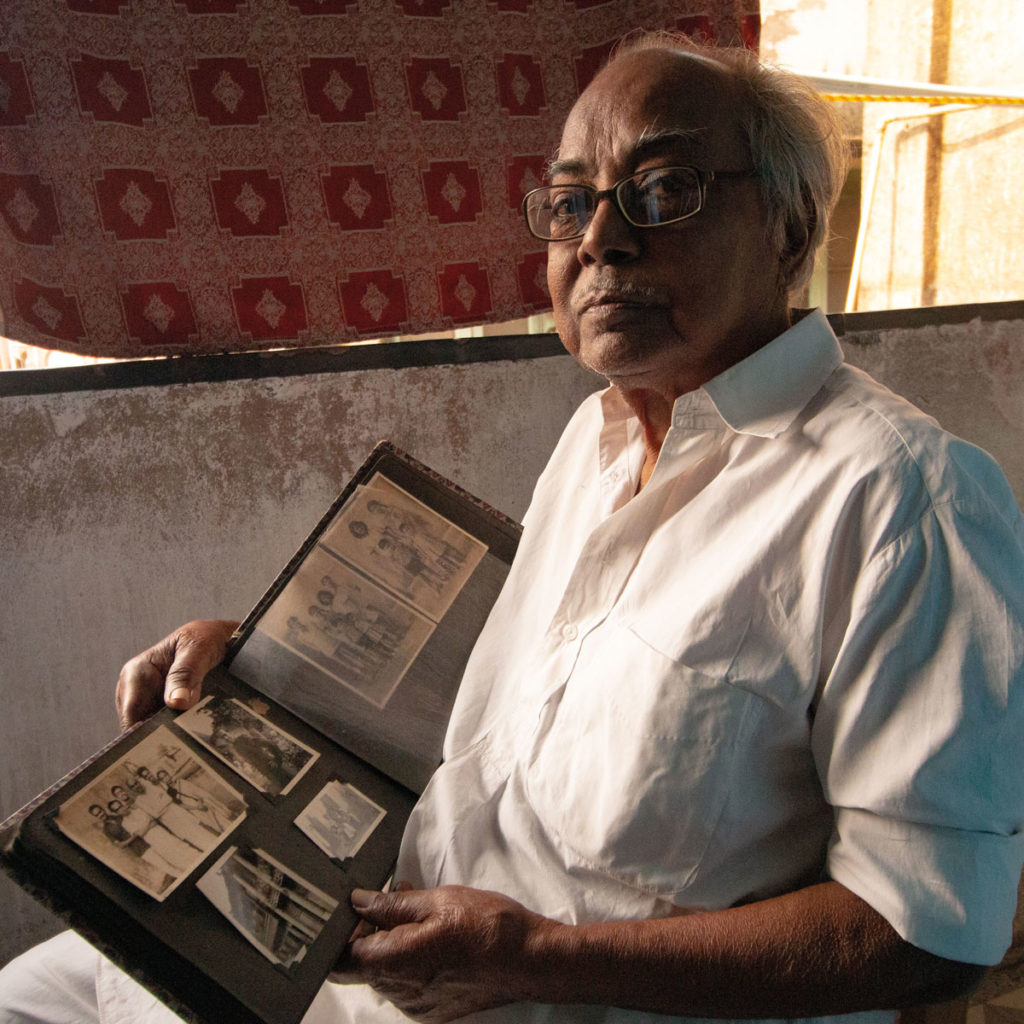
Tarapade De
Reminiscing through a childhood photo album, Tarapade De said the Partition was a forced event. “We are like pawns on a chessboard. I don’t trust any ideology, no nation, no one.”
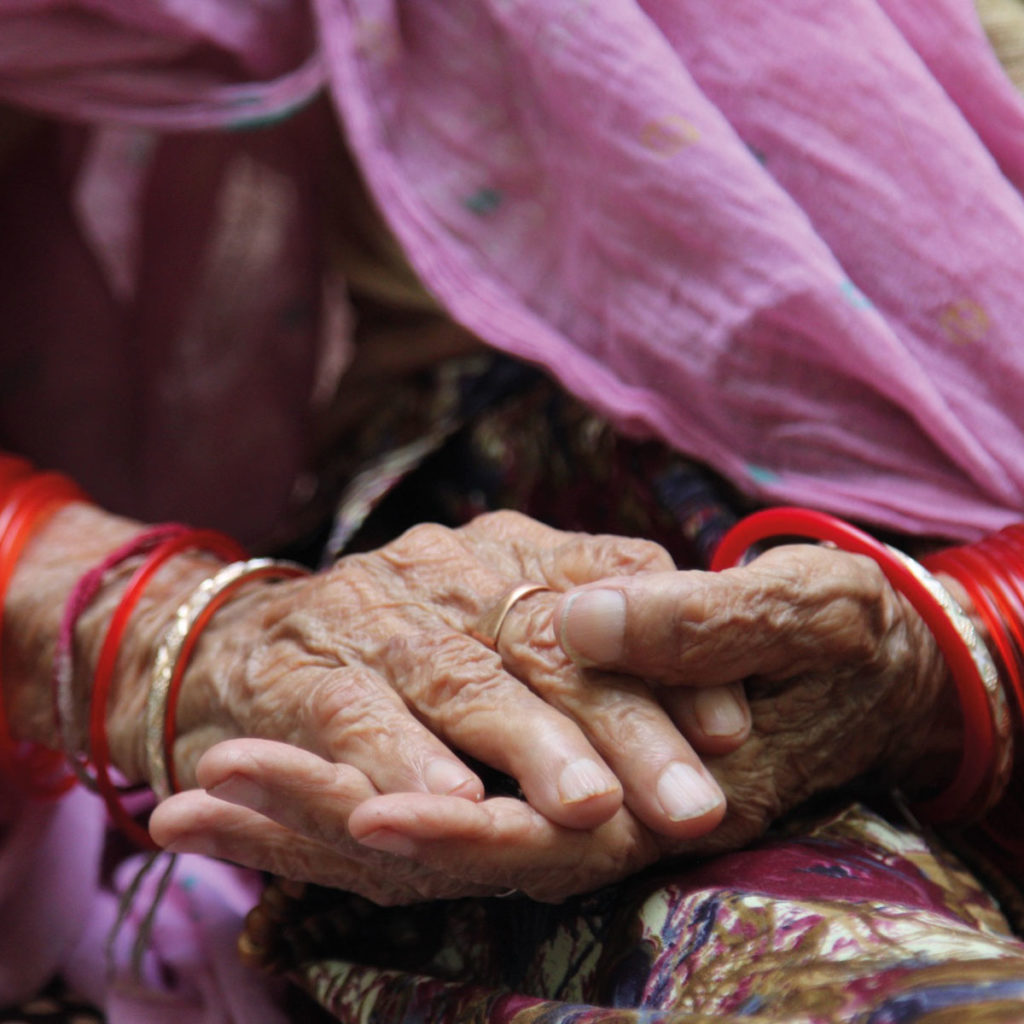
Kamala Devi
Kamala Devi, a Sindhi-Hindu, migrated from Chachro, Pakistan to Barmer, India when she was around 13-years-old. She was very fond of the temple in her village square, and the Gujarati folk prayers her elders would sing in the desert.
“At times, during the night, I dream about the temple. When we stayed there, it was great; when we left, it got lost,” she said.
Many members of her family remain in Pakistan.
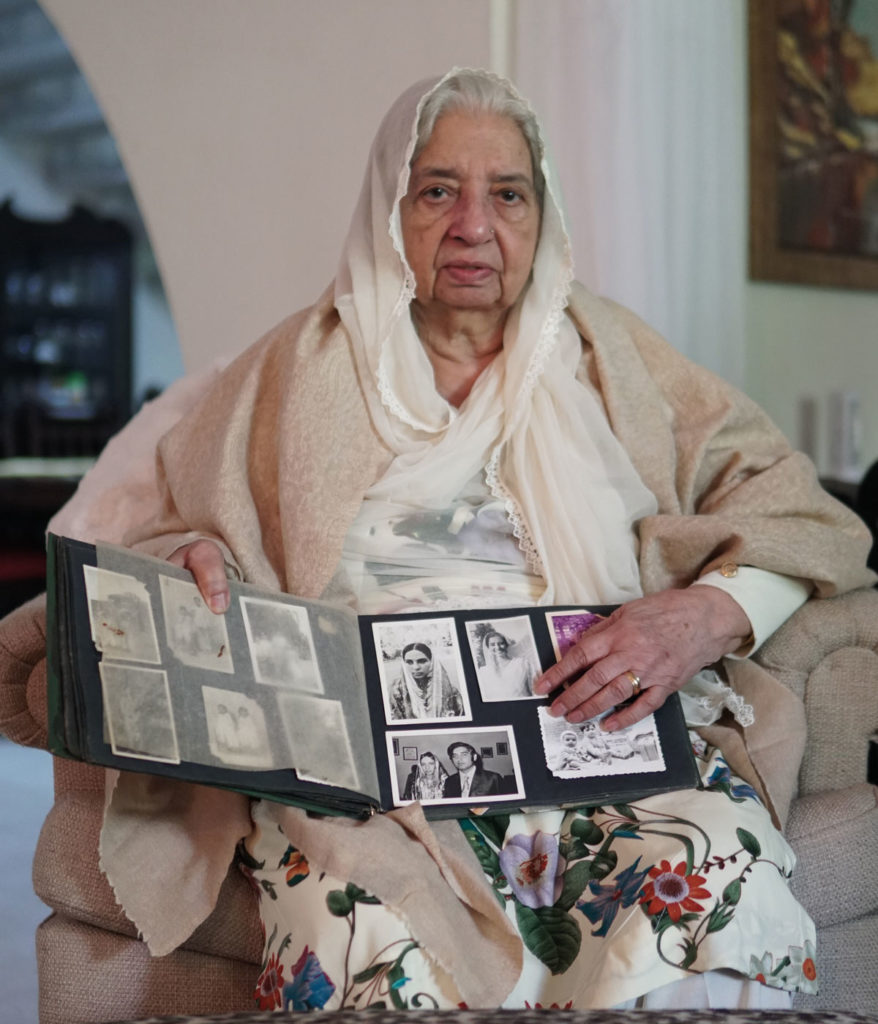
Zarina Akram Chaudhry
Zarina Akram Chaudhry was 13 at the time of Partition and the eldest girl in a family of 11 siblings. Her father was away working in Bhatinda, India when her family was suddenly advised to leave as violence broke out around them. In Pakistan, Chaudhry became the backbone of her family, ensuring her younger siblings went to school and were educated.
While the journey was terrifying, Chaudhry is grateful they reached Bahawalnagar, Pakistan safely. She says it may be because her house in Ferozpur was between two mosques, and this blessing protected their family. “I do feel like going and looking at my house … it was such a privilege, one mosque on this hand and one on the other hand,” she said.
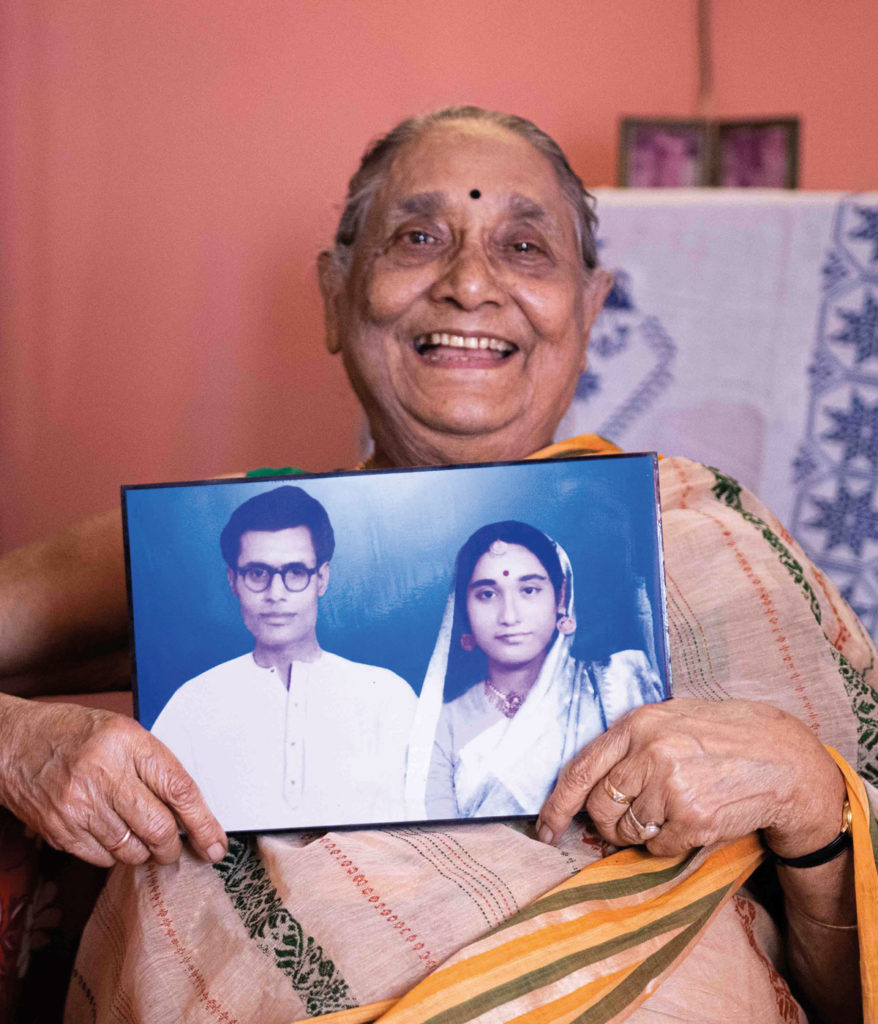
Manjari Dasgupta
Manjari Dasgupta is now a widowed housewife based in Kolkata, India. She spent most of her childhood days in Jamalpur, Bangladesh until the riots started and her entire family had to take refuge in a nearby temple for seven days.
“So many houses were burnt. The thought still gives me goosebumps.”
Desgupta’s family eventually moved to her sister’s residence in present-day India. Holding a photo of herself and her husband Jatin Dasgupta in their youth, she remembers the Muslim labourers who would say salaam, a greeting in Urdu meaning “peace”, to her father. He was a jute businessman in Jamalpur. Her wish to visit her childhood town endures.
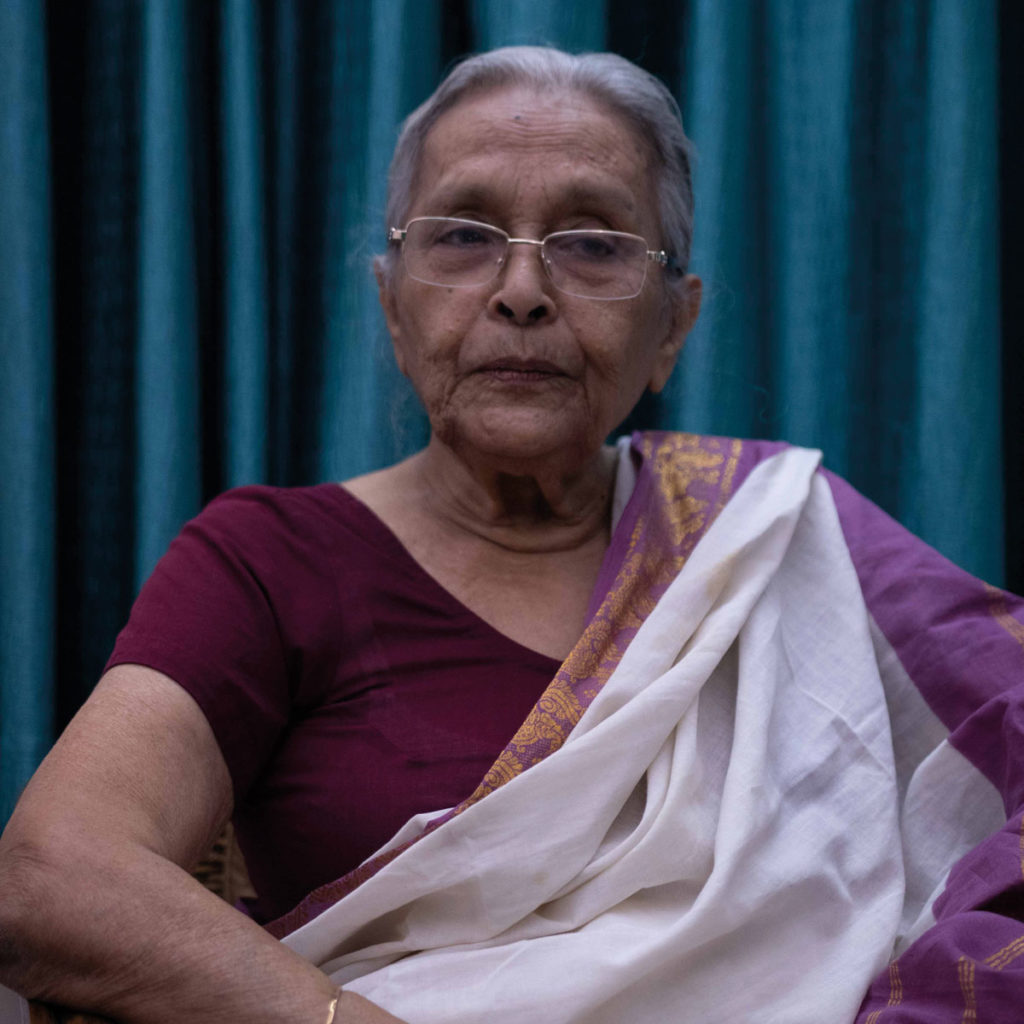
Sunanda Biswas
Sunanda Biswas, along with her female relatives, moved from Sylhet, Bangladesh to Silchar, India in 1947. She always thinks about the friendly Hindu-Muslim relations of the pre-Partition times.
Biswas said she used to call her journey across the border a “vacation” because it was unknown at the time that the migration was permanent. Recalling the lush greenery of Sylhet, she says she still misses the place.
Read also: Overlooking the Pandemic, Home Has Taken on a New Meaning for Some
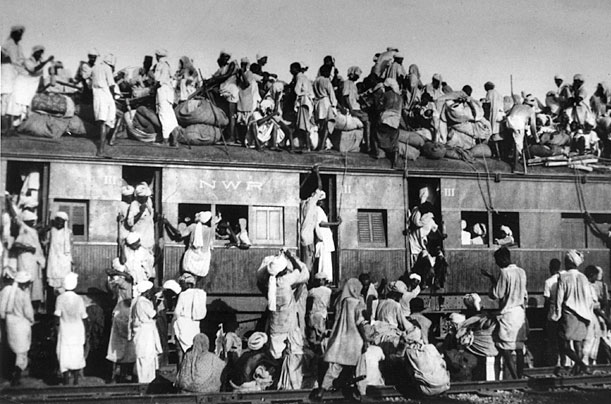
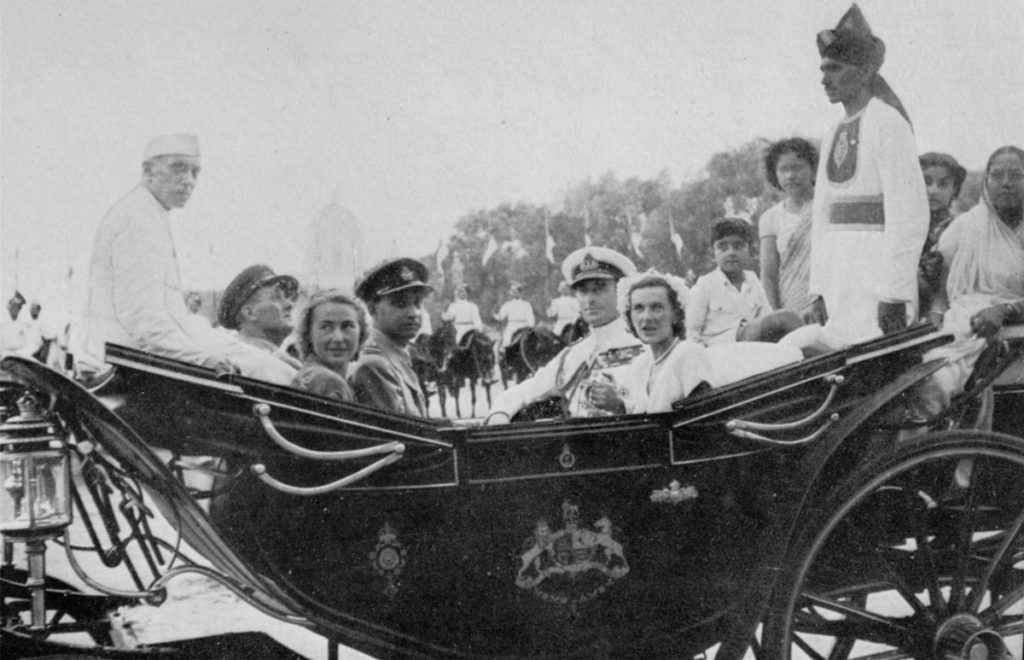
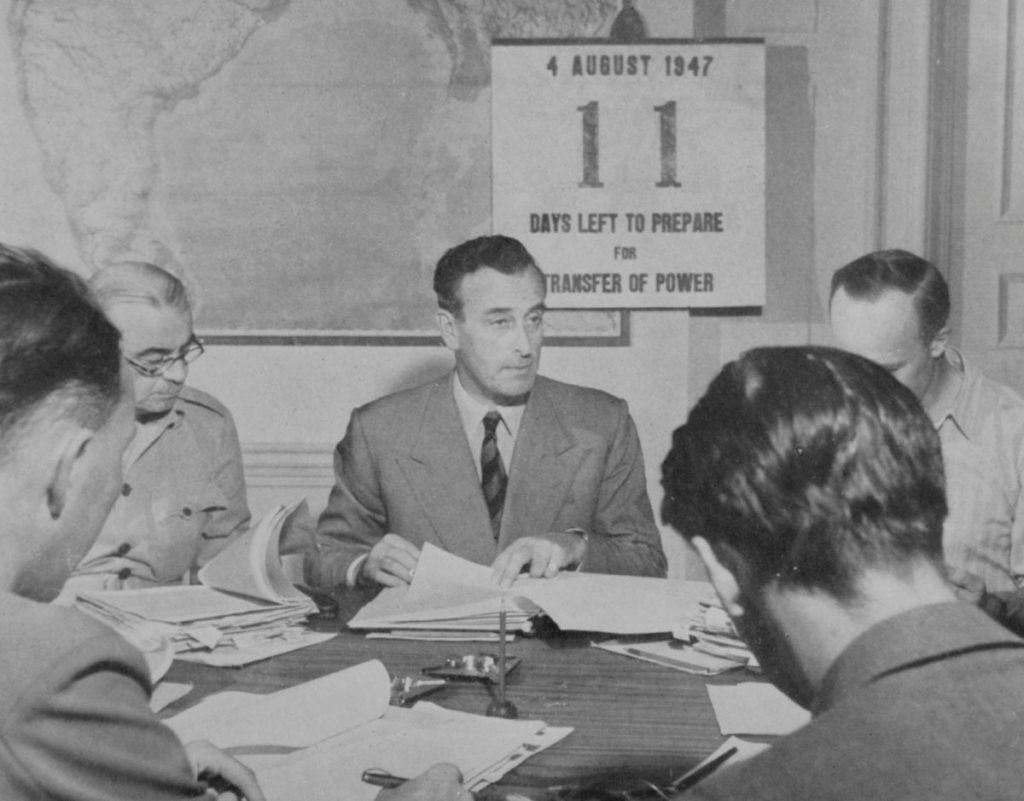
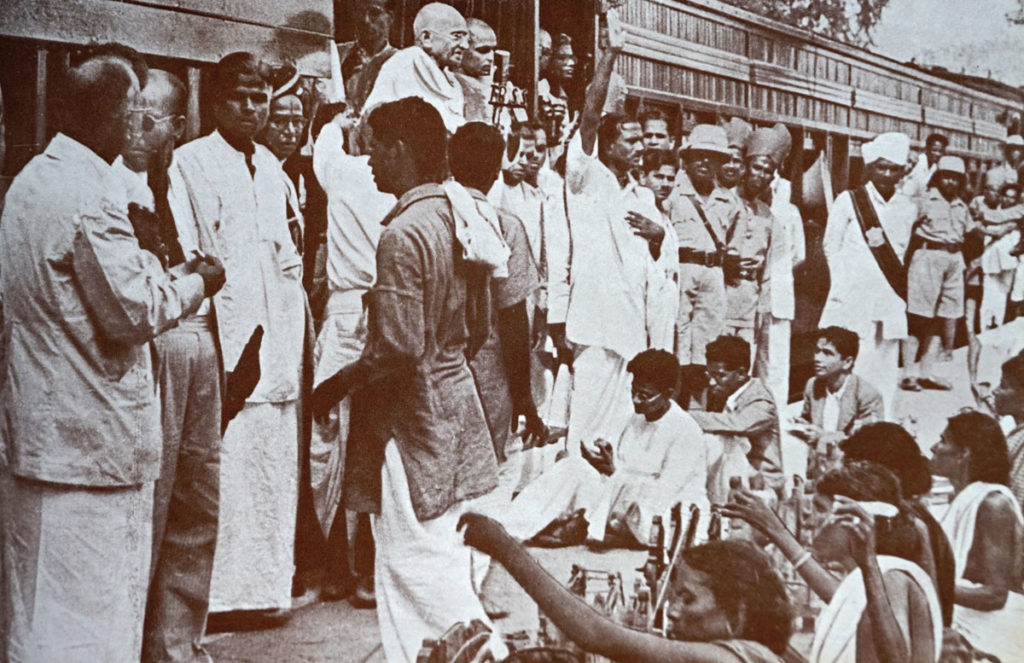
All information was provided by Project Dastaan but has been edited and condensed for length and clarity.
This story first appeared in the 2021 print issue of Truly Belong under the title “Project Dastaan“.
- Travellers are Rethinking Flying as Flight Shaming Takes Off - 1st March 2021
- Oxford-Backed Project Connects Partition Survivors to Their Ancestral Homes - 22nd February 2021
- Helping Your Own: A Young Aslyum Seeker Explains the Importance of Volunteering in the COVID Era - 7th September 2020

